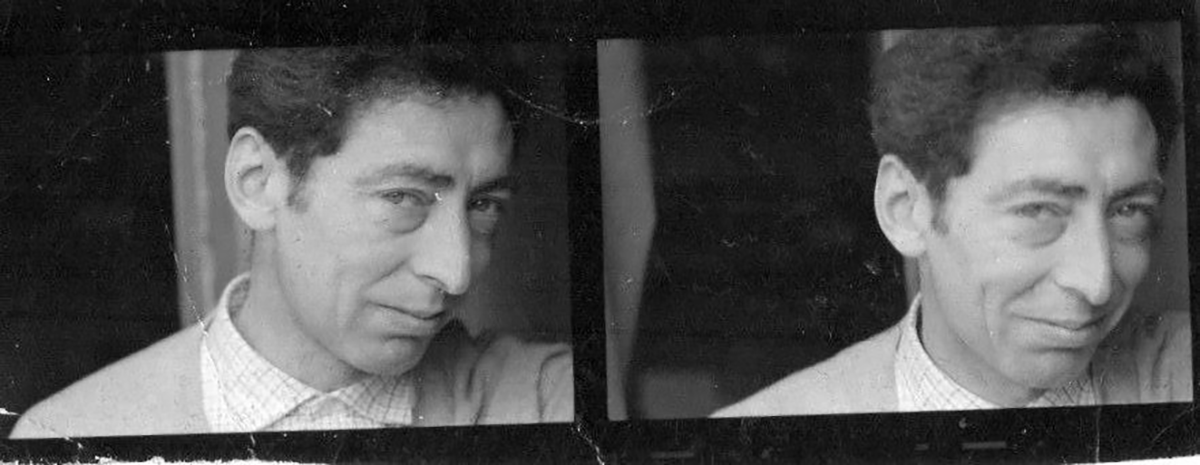
THE WIZARD WHO MADE HEMP FLOWERS
THE WIZARD
WHO MADE HEMP FLOWERS
Jack Clemente was born in Novara on 4 September 1926 and died in Milan on 16 July 1974.
After moving to Paris, from 1952 he devoted himself to painting and his first exhibition was in 1953, initially moving between lyrical and informal abstraction. In 1958 he met Carlo Cardazzo and Lucio Fontana and became interested in Spatialism. His special relationship with the Galleria del Cavallino in Venice and Il Naviglio in Milan dates from the 1960s, as he began to use “other” materials such as rope and jute.
He held frequent solo and group exhibitions in Italy and abroad.
From 1968 he collaborated with ORTF (Office de Radiodiffusion Télévision Française) and with RAI (Italian television) and was involved in producing a series of films on key contemporary figures of painting and music.
He was Jean-Christophe Averty’s assistant in the “Emission Quatre Temps”, an afternoon programme in which the most important singers of the time such as Françoise Hardy, Jacques Dutronc, Johnny Hallyday and Sylvie Vartan, sang before sets by Capogrossi, Sonia Delaunay, Wassily Kandinsky, Vasarely and David Hockney. In 1970, he was involved in Adrien Maben’s film “Pink Floyd: Live at Pompeii”, shot in the Roman amphitheatre.
In 1971 he made his first film as independent director, “Balla et le futurisme”, now considered a historical document on the life and work of the protagonist of Futurism. It won the Silver Lion at the 1972 Venice Biennale in the art documentaries category.
The following year, again for French television in collaboration with RAI, he made “La vita inimitabile” dedicated to Gabriele D’Annunzio. His last film, “Rauschenberg and Pop Art”, had to be completed by Rauschenberg himself, due to Clemente’s increasing ill health.
His works are held by Italian and international collectors and in public collections of institutions such as the Tate Gallery in London, the Musée d’Art Moderne et Contemporain in Strasbourg, the Museum of Contemporary Art in Sydney, the National Gallery of Zimbabwe, the Mart in Rovereto, the Gallerie d’Italia and the Collezione Boschi in Milan.
In 2013 two exhibitions were organised, in Milan by Studio Gariboldi and in Bergamo by the Galleria d’Arte Bergamo. A catalogue edited by Nicoletta Pallini Clemente and Francesco Tedeschi has been published.
His film “Balla e il futurismo” has been presented on various occasions for exhibitions dedicated to Giacomo Balla and the Futurists: at the Grand Palais in Paris; at Palazzo Reale in Milan; at the Fondazione Ferrero in Alba; at the Galleria Nazionale d’Arte Moderna, at the Museo Bilotti, at MAXXI and Casa Balla in Rome.
His archive is held in Milan by Nicoletta Pallini Clemente.